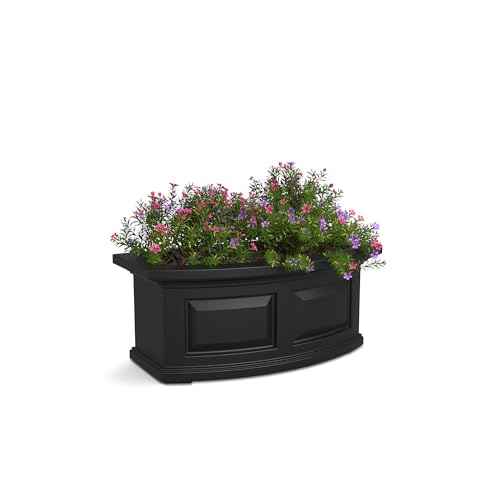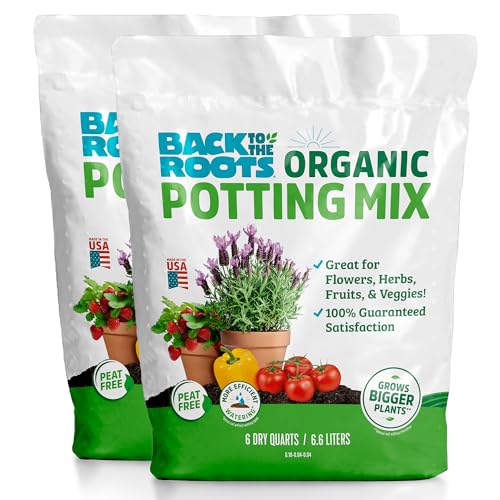Plants never to use in winter pots or window boxes – and the resilient options you should be growing instead
Stick to tough and hardy plants for your winter pot displays
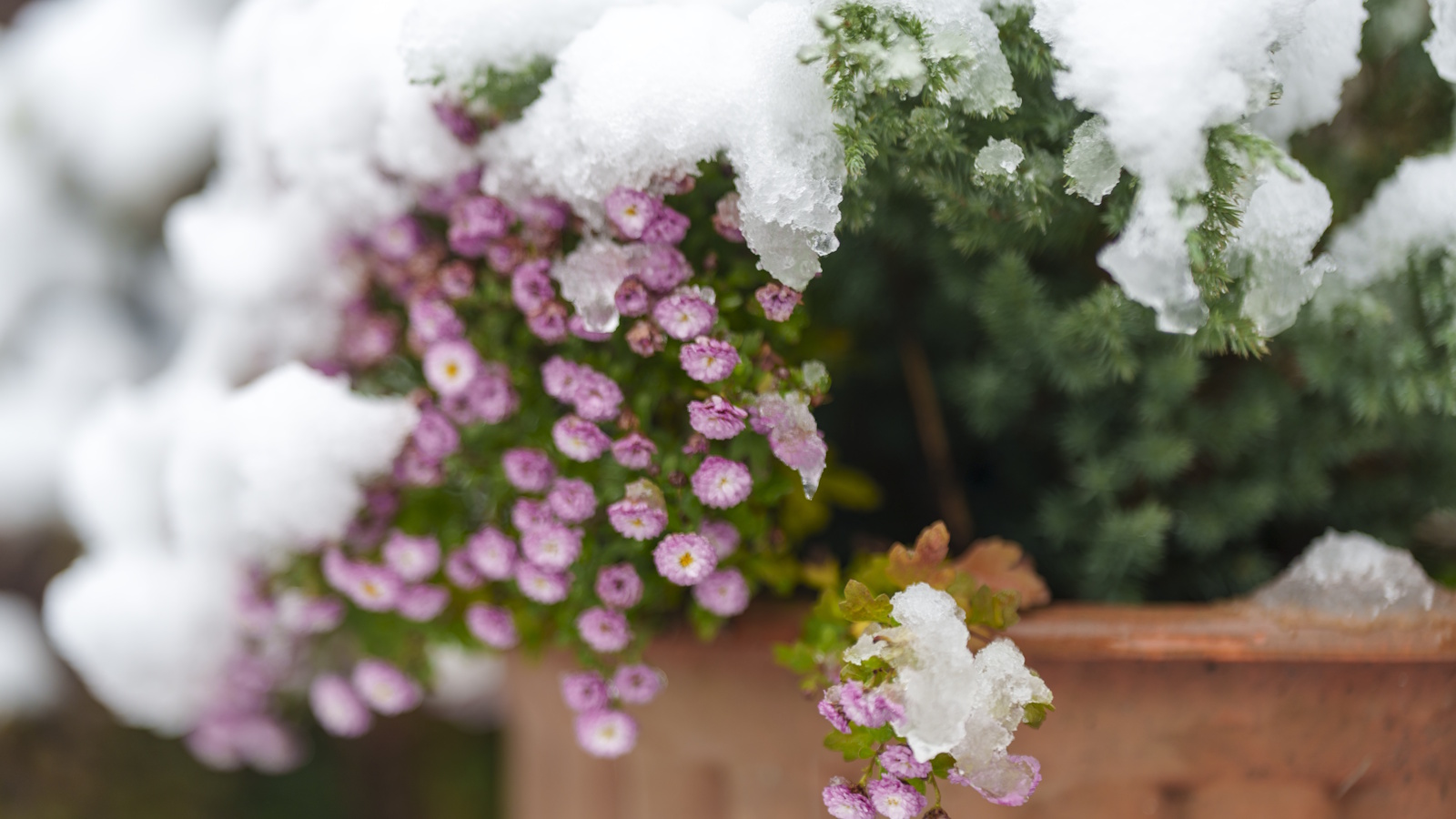

While flowers might be few in wintertime, there is still color to be found in the garden. With the right selection of plants, you can fill your yard with attractive foliage and winter blooms.
Filling pots and window boxes with hardy evergreens and winter flowering plants is certainly a good idea to maintain impact and color. As a former professional gardener, I have planted hundreds of pots to prolong interest during December, January and February. The trick is knowing what to grow and what plants never to use in winter pots, with many species struggling as the temperature drops or at the first sign of frost.
So, to help you avoid making this common winter garden mistake, I have put together a list of five plants never to use in winter pots, while also including suggestions for tough species that make for dramatic, vibrant and resilient container displays during winter.

5 plants never to use in winter pots or window boxes
By choosing the right winter plants for pots, you can prolong interest in your garden at an otherwise dark and gloomy time of year. Whether you are growing in large pots or a small winter window box, your first consideration should always be the climate and US hardiness zone where you live.
In southern regions, such as zone 9, you can get away with growing tender varieties, while in northerly states, including zone 5, heavy snowfall is commonplace, so choosing resilient plants is crucial.
1. Pelargoniums
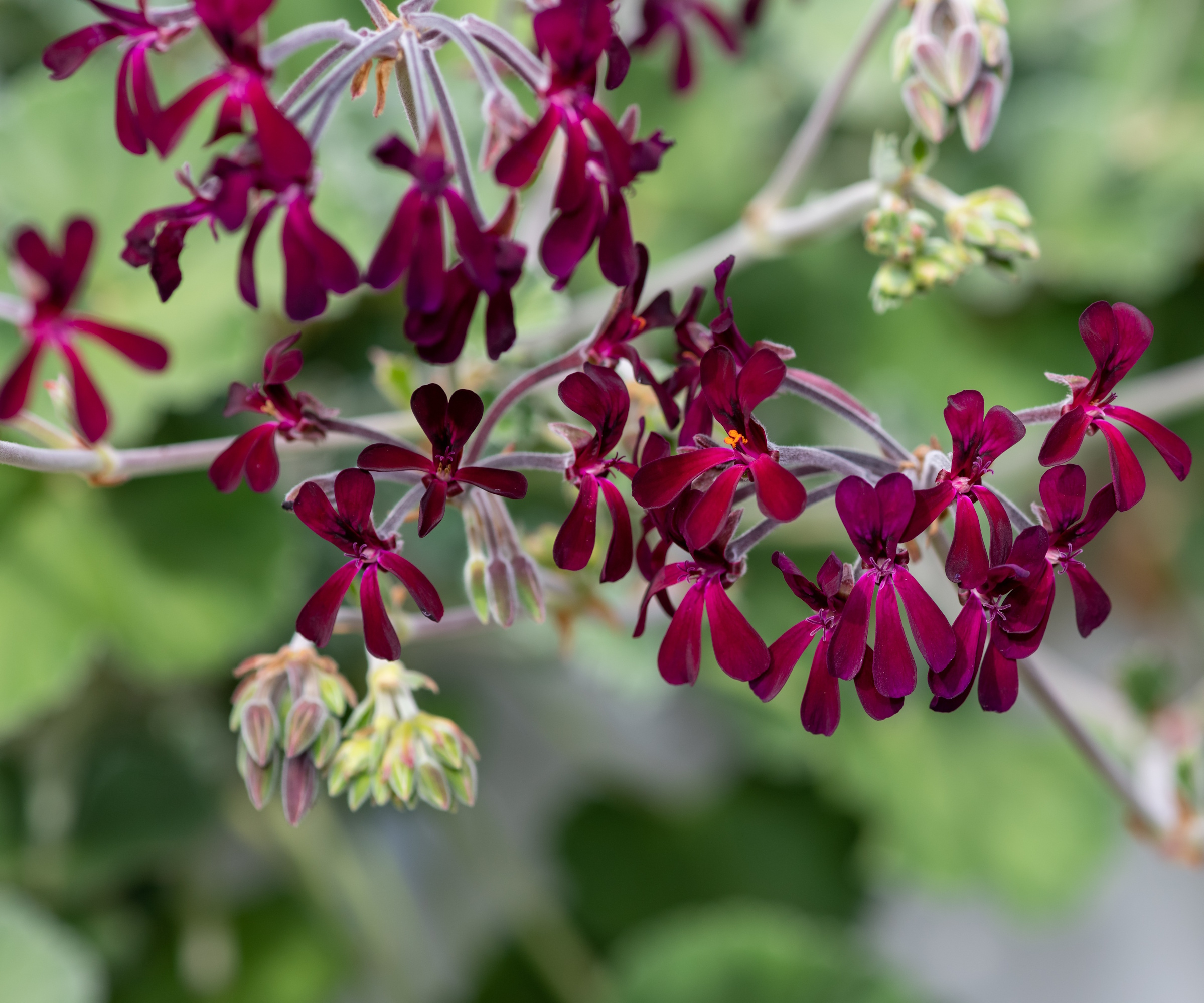
If you are seeking snow-resilient flowers or wondering how to plant a winter container, it is best to avoid pelargoniums at all costs. Pelargoniums, including citronella, are tender plants that are far less hardy than their geranium plant cousins.
As a gardener, I have grown many different species of pelargonium across the UK and Italy, using beautiful species in pot displays outdoors during the summer months. One of my favorites is Pelargonium sidoides, as seen in the image above with striking magenta blooms and silver-green foliage. In my opinion, this pelargonium is hard to beat.
However, this species is native to South Africa, and so only hardy in zone 10 plus. For this reason, leaving this plant outdoors is not recommended during winter. Pelargoniums are always to be thought of as plants never to use in winter pots, so be sure to winterize any tender specimens that you do not want to lose during frost and snow.
Instead, consider other winter garden ideas for your pots and window boxes, such as learning how to grow hellebores in containers. Hellebores are typically hardy down to zone 3, and most will bloom during winter and early spring. Try growing Hellebore orientalis, or the Lenten Rose, available from Walmart, found in shades of red, yellow and white.
2. Succulents

Succulents are impressive plants. Whether you are landscaping with succulents and cacti or perhaps you have a collection of small sedum plants in your home, there is no denying that these are impactful plants.
In summer, these plants will enjoy bathing in the sunshine and do not mind dry weather, yet in winter it is a different story. Overly wet soil, snow and frost can damage house leeks, aloes and agaves, and a common succulent mistake is leaving these plants to struggle and rot in wet and cold conditions.
So, if you are looking for new winter garden trends or architectural plants for your pots, I would caution against using cacti and succulents unless you are prepared to protect and cover them frequently.
Instead, opt for tough ornamental grasses to add structure to your containers, such as blue fescue, Festuca glauca. This evergreen can be grown down to US hardiness zone 4, and will add a cool, calm aesthetic to your winter pots. In the spring, you can transplant this low-growing grass out into the yard to be grown as an evergreen ground cover.
Blue fescue live plants are available from Walmart.
3. Coleus
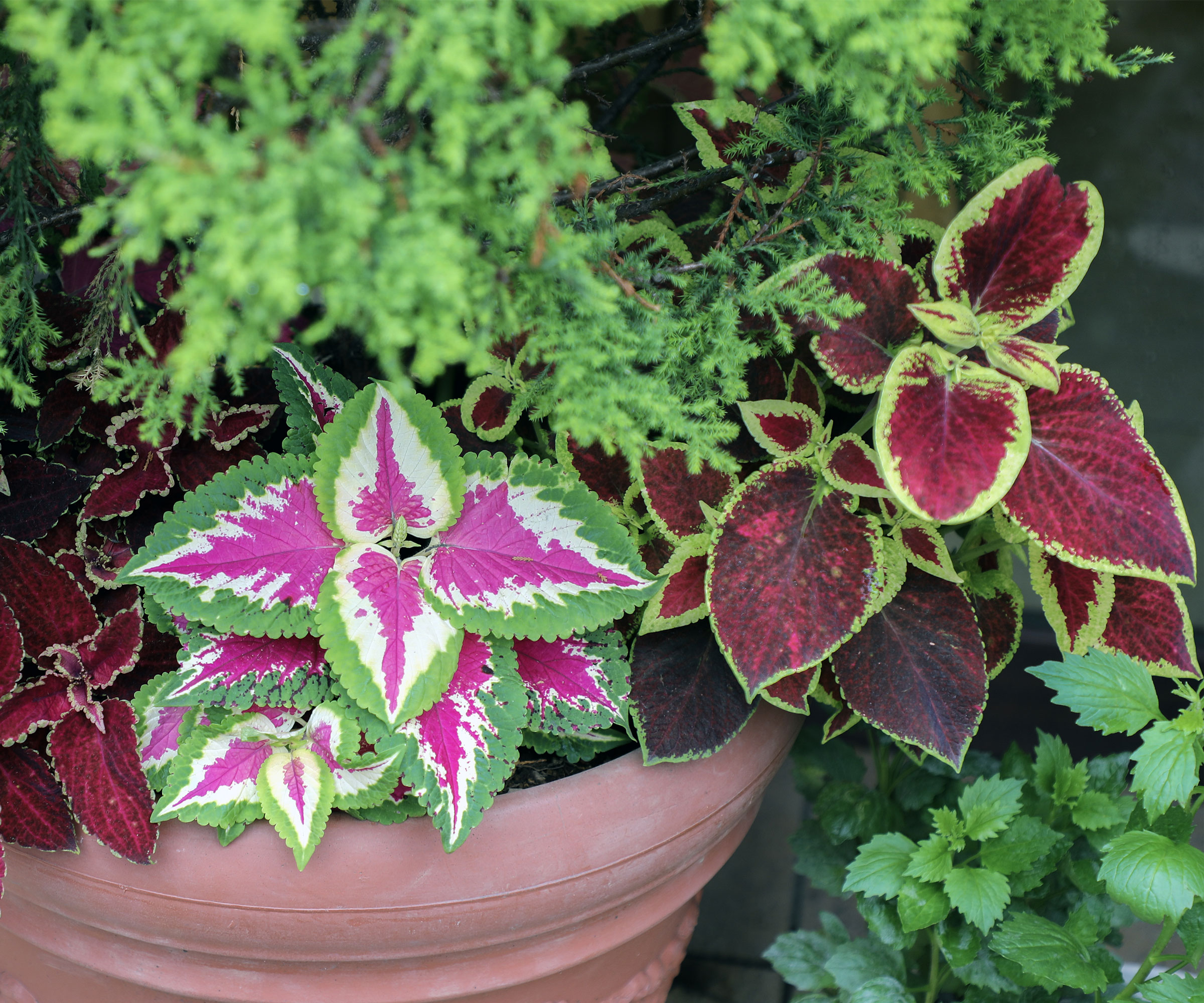
Coleus plants should always be thought of as summer annual plants, unless you are growing them indoors or you reside in an equatorial zone, such as US hardiness zone 10 or 11.
For this reason, while you might see coleus plants on display in plant nurseries or grocery stores, sadly they are plants never to use in winter pots outside.
Instead, if you enjoy dramatic foliage, consider planting Fatsia japonica plants, available from Amazon, which have large, glossy evergreen leaves. This hardy species can be grown from US hardiness zone 7 and will tolerate cold weather down to -10°C / 14°F. I have previously grown the Fatsia polycarpa 'Green Fingers' variety in large pots, which has distinctive matte leaves that add a tropical feel to any space.
Alternatively, for color, grow traditional winter heather, usually found in shades of white or pink. Heathers will provide greenery and color for much of the winter and spring, and any early-to-rise pollinators will be grateful for the nectar on offer.
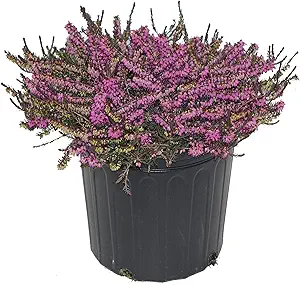
'Kramer's Red' heathers are hardy down to zone 5, and can be planted in pots on arrival. With long-lasting color, heather can add impact to winter pot displays.
4. Tradescantia
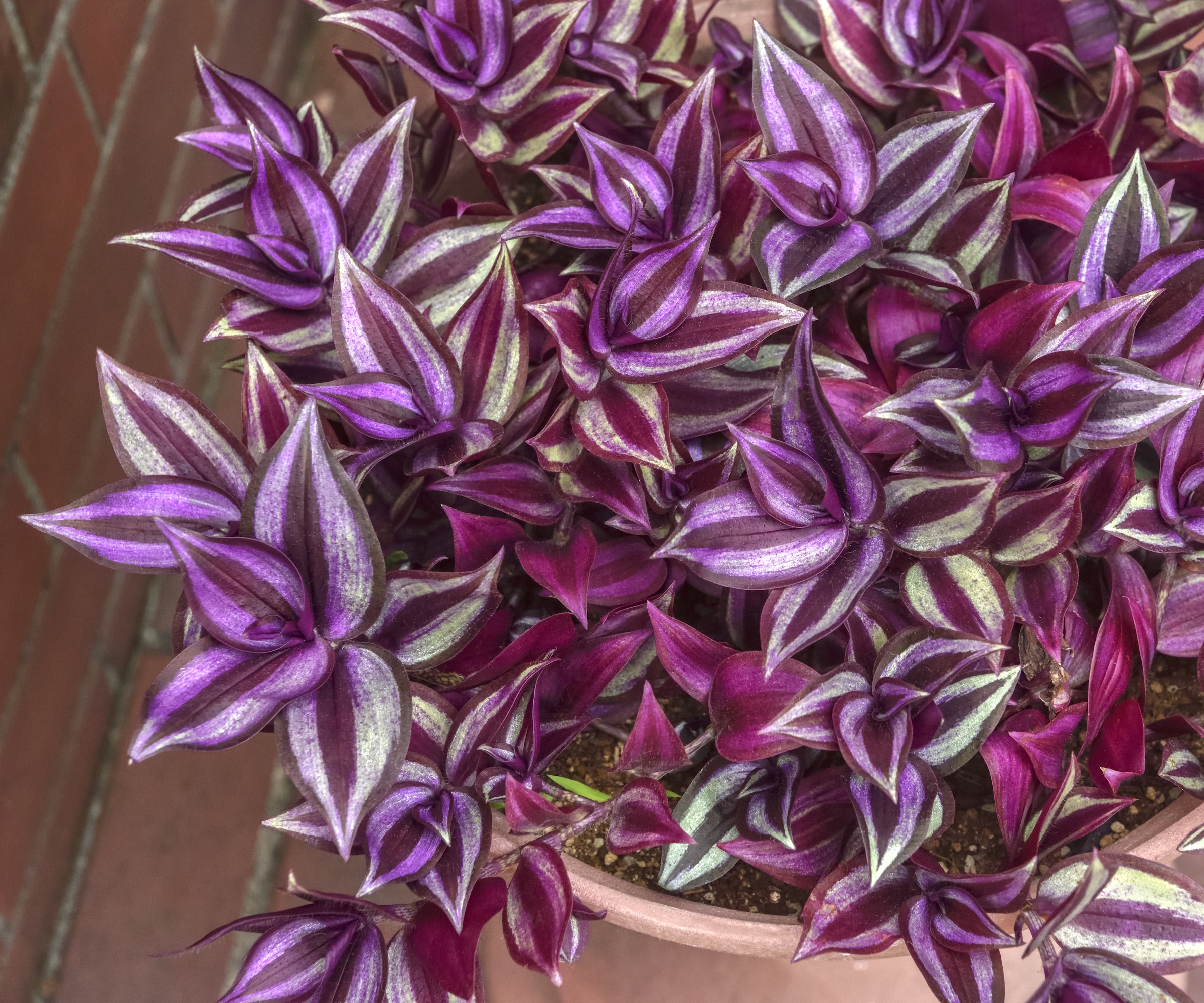
Commonly known as spiderwort plants, Tradescantia are popular native plants found growing across much of North America. While there are some hardy species, such as Tradescantia virginiana, which can be grown as a deciduous perennial down to zone 4, many species are tender and require protecting in the winter months.
One of the most popular species, seen in the image above, is Tradescantia zebrina, so named for its striped foliage. While this is a popular trailing species often seen in plant stores, it will not survive the winter months unless you reside in zone 9 plus. If you live in cooler, northerly regions, like I do, Tradescantia species, should be thought of as indoor plants during winter.
Instead, grow lesser periwinkle, Vinca minor, in your winter pot displays. This creeping plant will cascade down the side of pots, with attractive evergreen foliage and purple flowers in spring. Hardy down to zone 4, this tough species can be planted out in the yard in spring, often considered one of the best ground cover plants to stop weeds. Be warned, however, that periwinkle plants are vigorous and can become invasive if left alone and unmaintained.
Periwinkle can be purchased online at Nature Hills.
5. Lantana
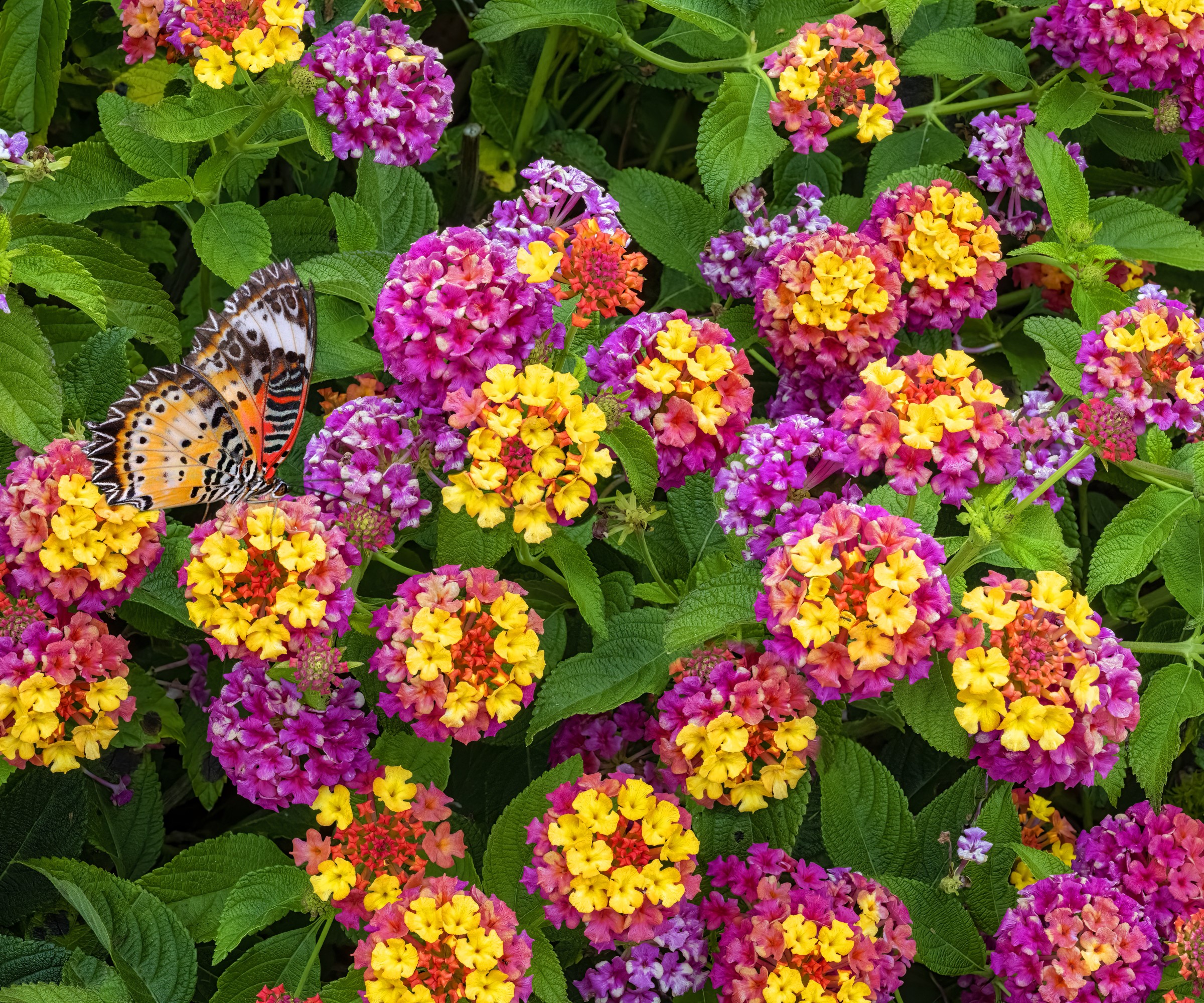
Lantanas are vibrant plants that are a common sight in many summer container displays. Not only are they popular with gardeners, but these are some of the best container plants for pollinators, with bees, butterflies and hummingbirds adoring the colorful blooms.
In terms of growing lantana, however, these tropical-looking plants need sunshine and warmth to thrive, typically only surviving the winter weather in zones 9 and 10.
So, if you are looking for winter flowers for your backyard ideas in the coming weeks and months, it is best to avoid planting lantana. Instead, I suggest planting something more resilient that will survive cold days and nights ahead, such as violas or pansies.
Learning how to grow pansies is simple, and these resilient annuals can be grown down to zone 3. What's more, they come in a range of shades, including white, yellow, red and purple. Winter flowering pansies, available from Amazon, and will surely add some color and impact to your container displays.
FAQs
Should I protect pots if a heavy snowfall is expected?
If you are expecting heavy snowfall, it is a good idea to cover your pots with a winter plant fleece, available from Walmart, or bring your pots closer to the home where they can benefit from heat loss through walls and windows. While all of the alternative species listed here are hardy, and a light dusting of snow or ice shouldn't be a problem, heavy or long-lasting snow that settles on plants growing in pots can cause damage.
While fall and winter are generally wet months, be sure to check on the moisture levels of pots and window boxes every week. If your pots are near the house, they can struggle to receive much water and might need a small drink every now and then. Be careful not to water if you are expecting a cold snap where the temperature is expected to drop below zero, however, as frozen soil and roots can also damage the plant.
For more inspiration for your yard during the cold and dark months of the year, see our guide on how to create a winter sensory garden, to fill your outside space with texture, sound and color when it is most needed.
Sign up to the Homes & Gardens newsletter
Design expertise in your inbox – from inspiring decorating ideas and beautiful celebrity homes to practical gardening advice and shopping round-ups.

Thomas is a Content Editor within the Gardens Team at Homes and Gardens. He has worked as a professional gardener for both public spaces and private estates, specializing in productive gardening, growing food and flowers. Trained in Horticulture at the Garden Museum, he has written on gardening and garden history for various publications, including The English Garden, Gardens Illustrated, Hortus, The London Gardener and Bloom. He has co-authored a Lonely Planet travel book, The Tree Atlas, due out in 2024.
-
 Bethenny Frankel calls this $695 machine the 'Rolls-Royce Cullinan of coffee' – it's a must-have luxury buy for iced-coffee lovers this springtime
Bethenny Frankel calls this $695 machine the 'Rolls-Royce Cullinan of coffee' – it's a must-have luxury buy for iced-coffee lovers this springtimeThe Real Housewife swears by a luxurious machine that makes nitro cold brew, cold brew, and cold espresso at the touch of a button – here's why it's worth it
By Sophie Edwards Published
-
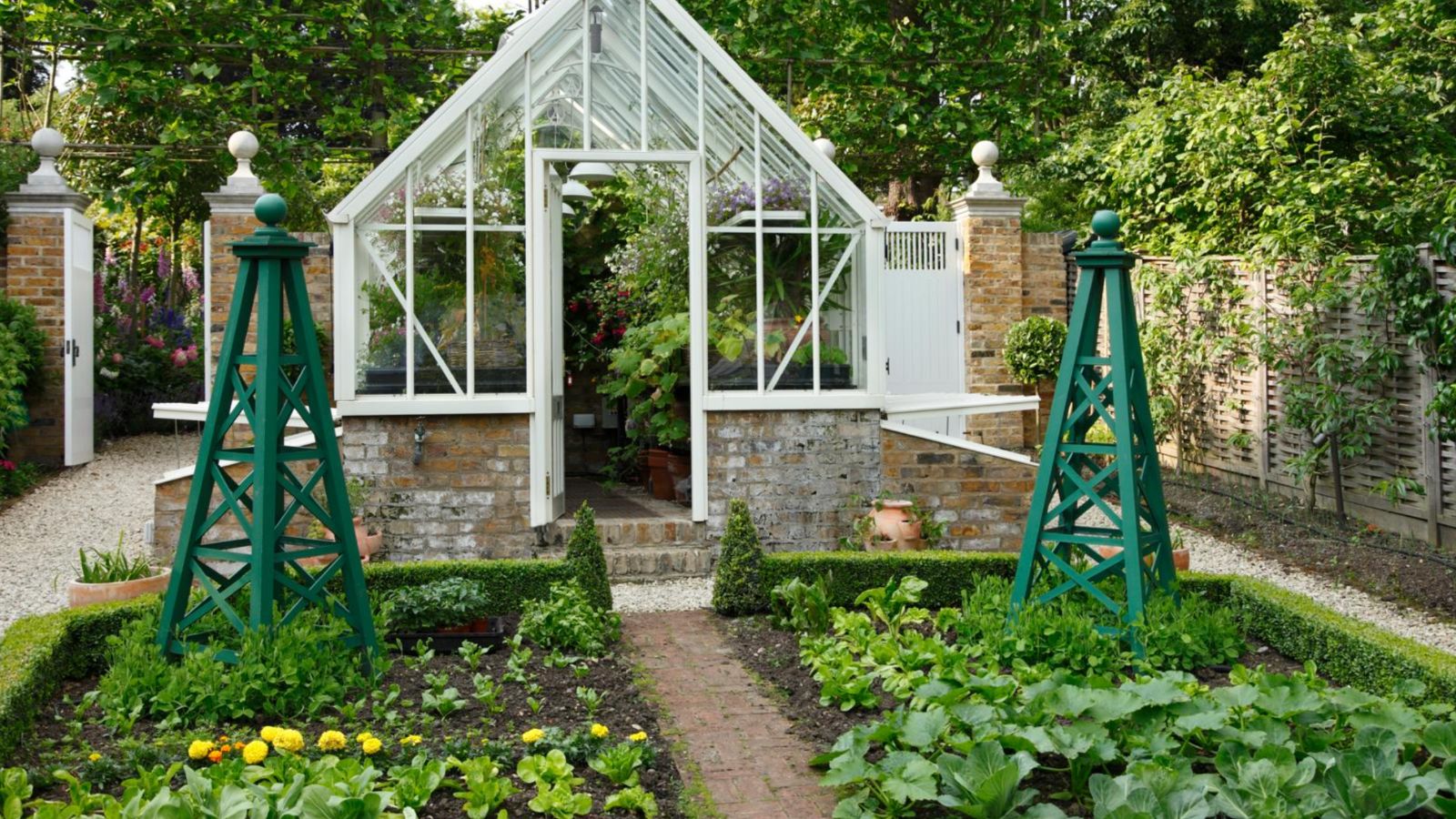 The long-awaited ALDI $40 raised bed garden planter is finally back, and it is perfect for small gardens and apartments
The long-awaited ALDI $40 raised bed garden planter is finally back, and it is perfect for small gardens and apartmentsThis highly-rated wooden planter sells out every year, so be fast
By Jennifer Ebert Published
-
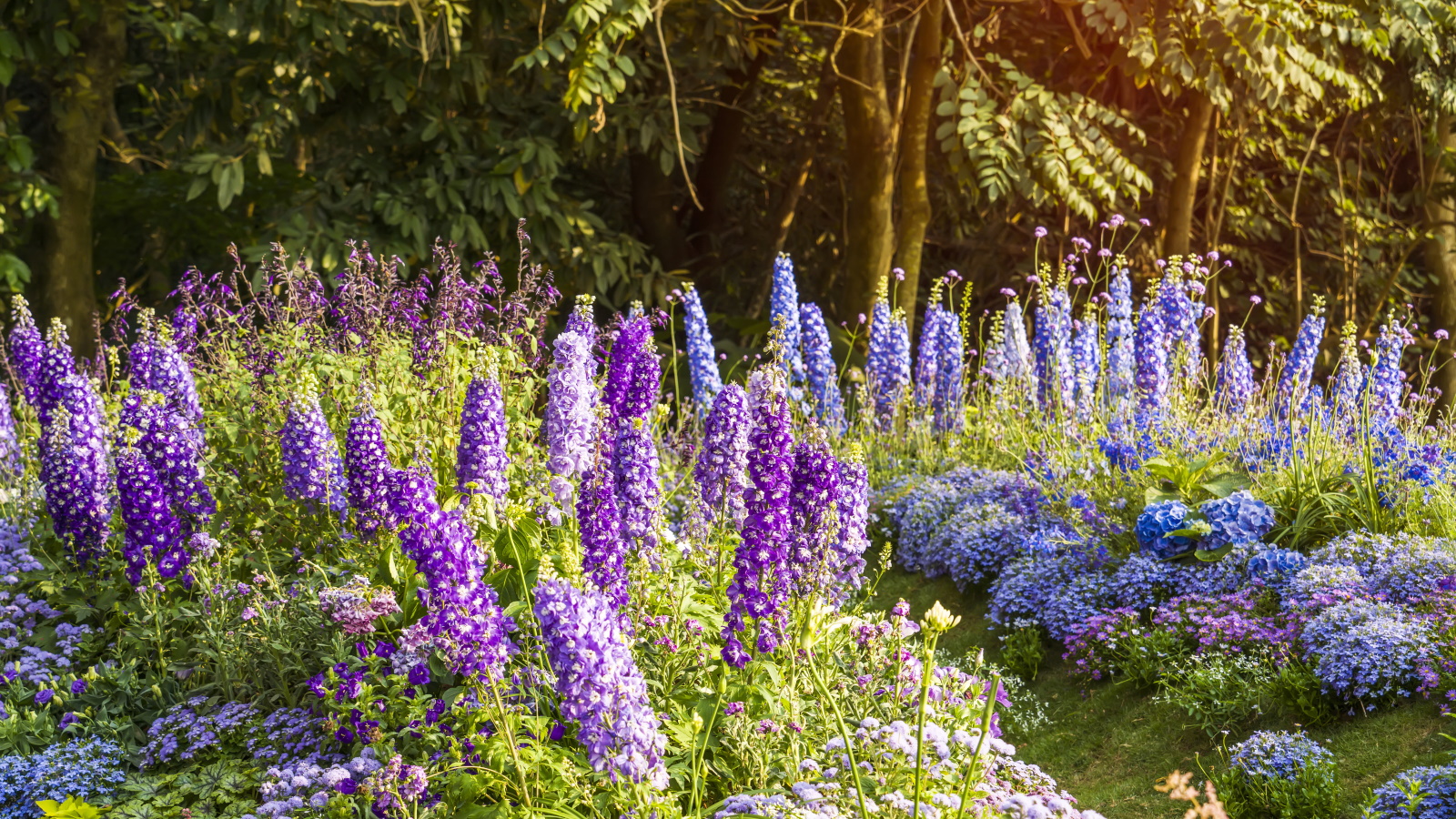 Best types of delphiniums – 14 stunning varieties for vibrant flower spikes in your yard
Best types of delphiniums – 14 stunning varieties for vibrant flower spikes in your yardPlants Here are our top types of delphiniums for brightening summer borders
By Holly Crossley Published
-
 How to grow impatiens – garden experts reveal the secrets to growing this shade-tolerant, sparkling summer plant
How to grow impatiens – garden experts reveal the secrets to growing this shade-tolerant, sparkling summer plantBoth 'Busy Lizzie' and 'New Guinea' impatiens can thrive in shady yards
By Ellen Wells Published
-
 How to grow astilbe – expert advice on cultivating this shade-tolerant flowering perennial
How to grow astilbe – expert advice on cultivating this shade-tolerant flowering perennialShade-tolerant and pest-resistant - astilbe are hardy and tough perennials that can thrive in many settings
By Ellen Wells Published
-
 7 native perennials to plant in April – for glorious flowering displays to attract bees, butterflies, and hummingbirds
7 native perennials to plant in April – for glorious flowering displays to attract bees, butterflies, and hummingbirdsDiscover some of the best perennials to plant in April to make your garden a hotspot for wildlife
By Drew Swainston Published
-
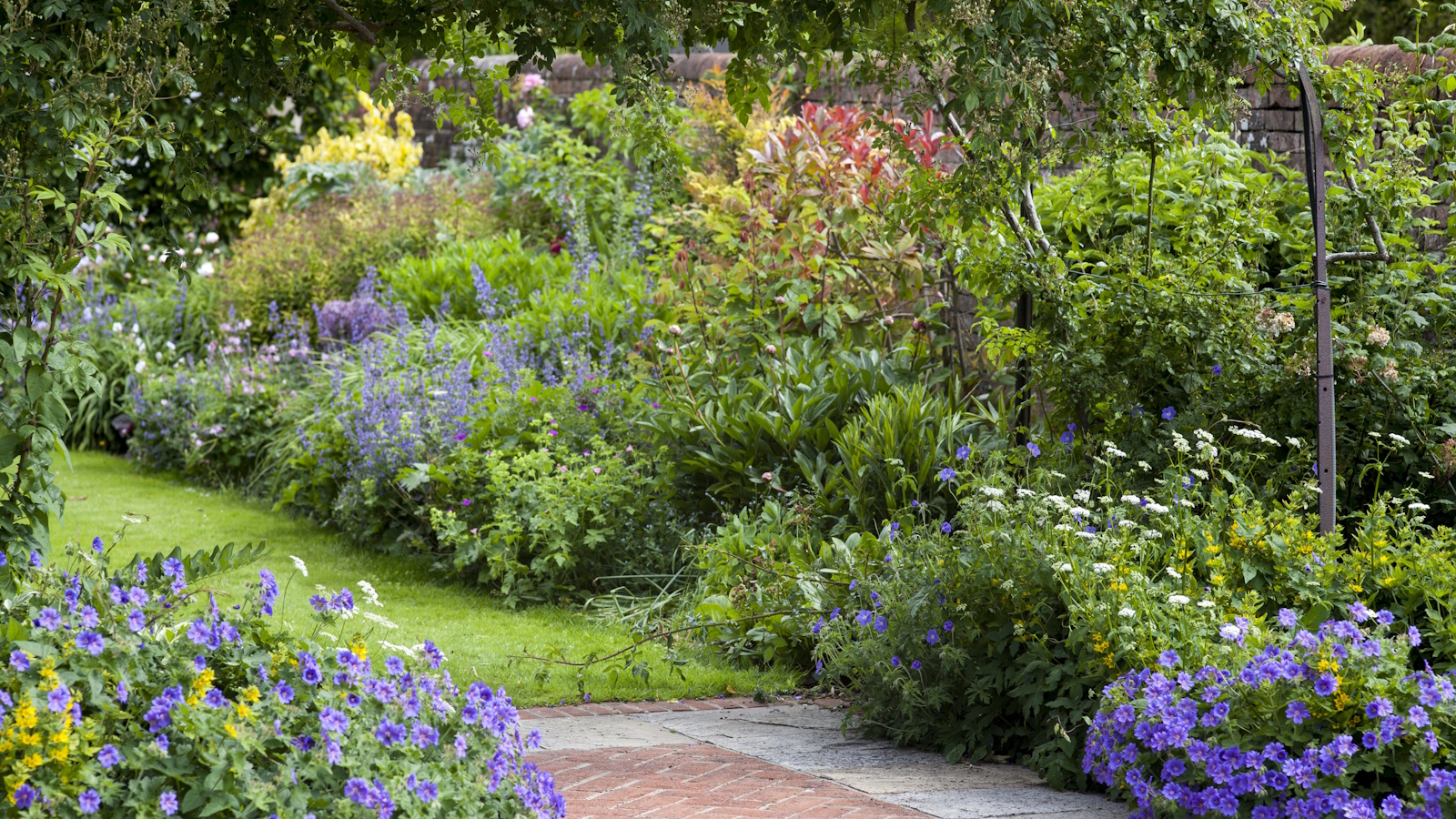 Is the viral salt hack the secret to a weed-free patio? A garden expert warns of irreparable, long-term damage – plus reveals the safest way to get results
Is the viral salt hack the secret to a weed-free patio? A garden expert warns of irreparable, long-term damage – plus reveals the safest way to get resultsYou might have seen gardeners on TikTok or Instagram using salt to kill weeds in pavers, but this hack should be avoided at all costs
By Thomas Rutter Published
-
 Worst-smelling plants to avoid – experts reveal 5 pungent species and suggest perfumed options to grow instead
Worst-smelling plants to avoid – experts reveal 5 pungent species and suggest perfumed options to grow insteadThese are some of the worst-smelling plants that can cause quite a stink
By Thomas Rutter Published
-
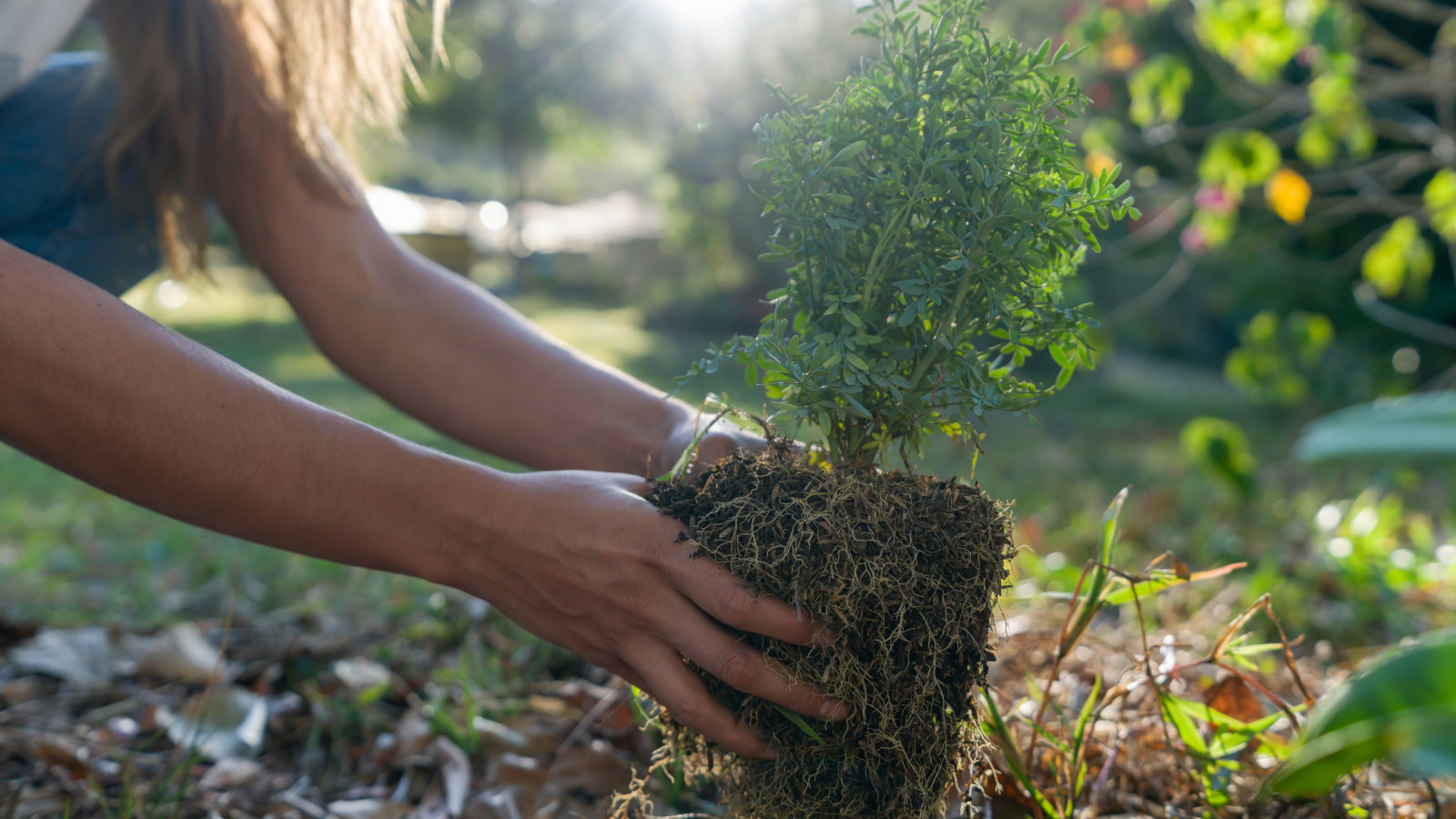 7 shrubs to plant in April to transform beds and borders – including native plants and bushes suitable for dry or wet spots
7 shrubs to plant in April to transform beds and borders – including native plants and bushes suitable for dry or wet spotsThese shrubs can bring flowers, texture, and fragrance, as well as attracting beneficial insects and birds
By Drew Swainston Published
-
 How to fertilize magnolias – garden experts reveal the secrets to better blooming, and timing is critical
How to fertilize magnolias – garden experts reveal the secrets to better blooming, and timing is criticalMagnolias are famed for their spring flowers, and feeding at the right time can give trees a boost
By Thomas Rutter Published
